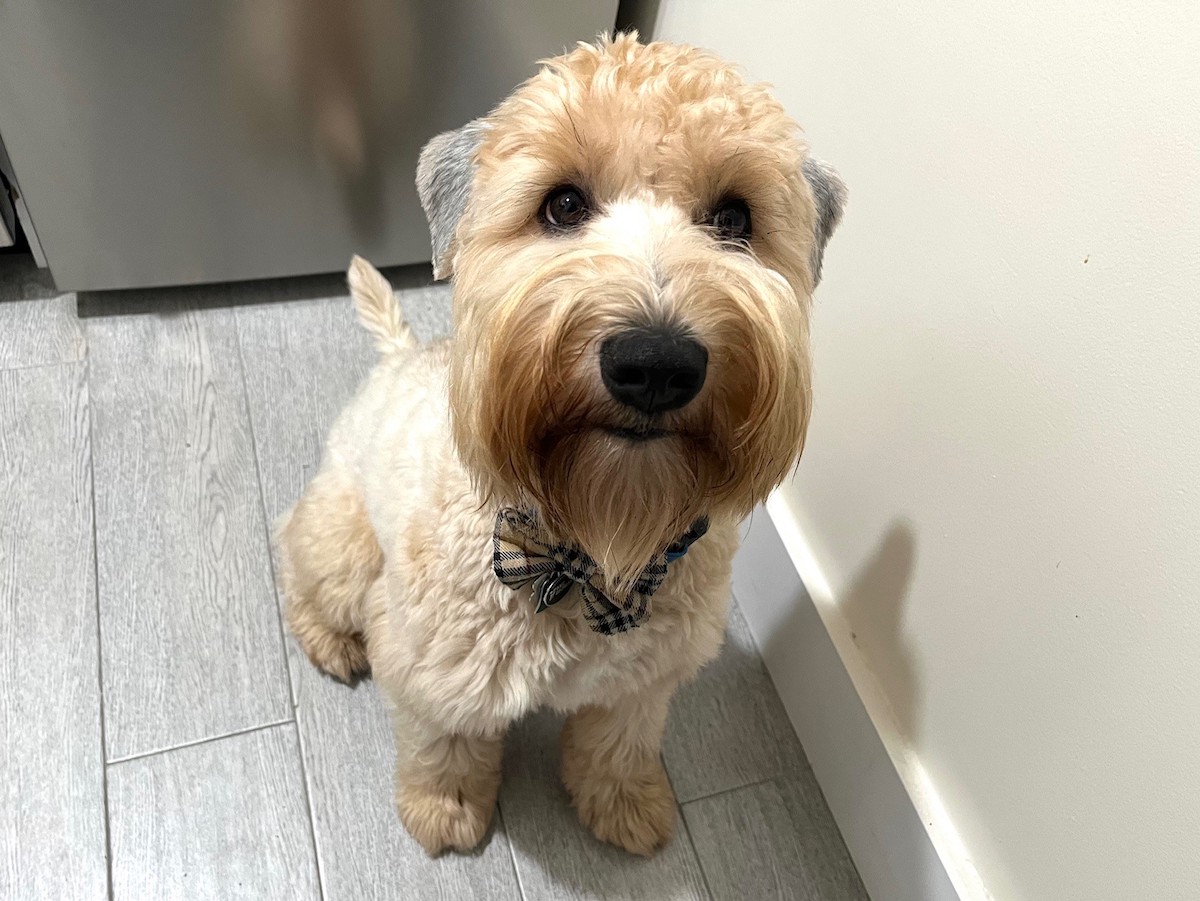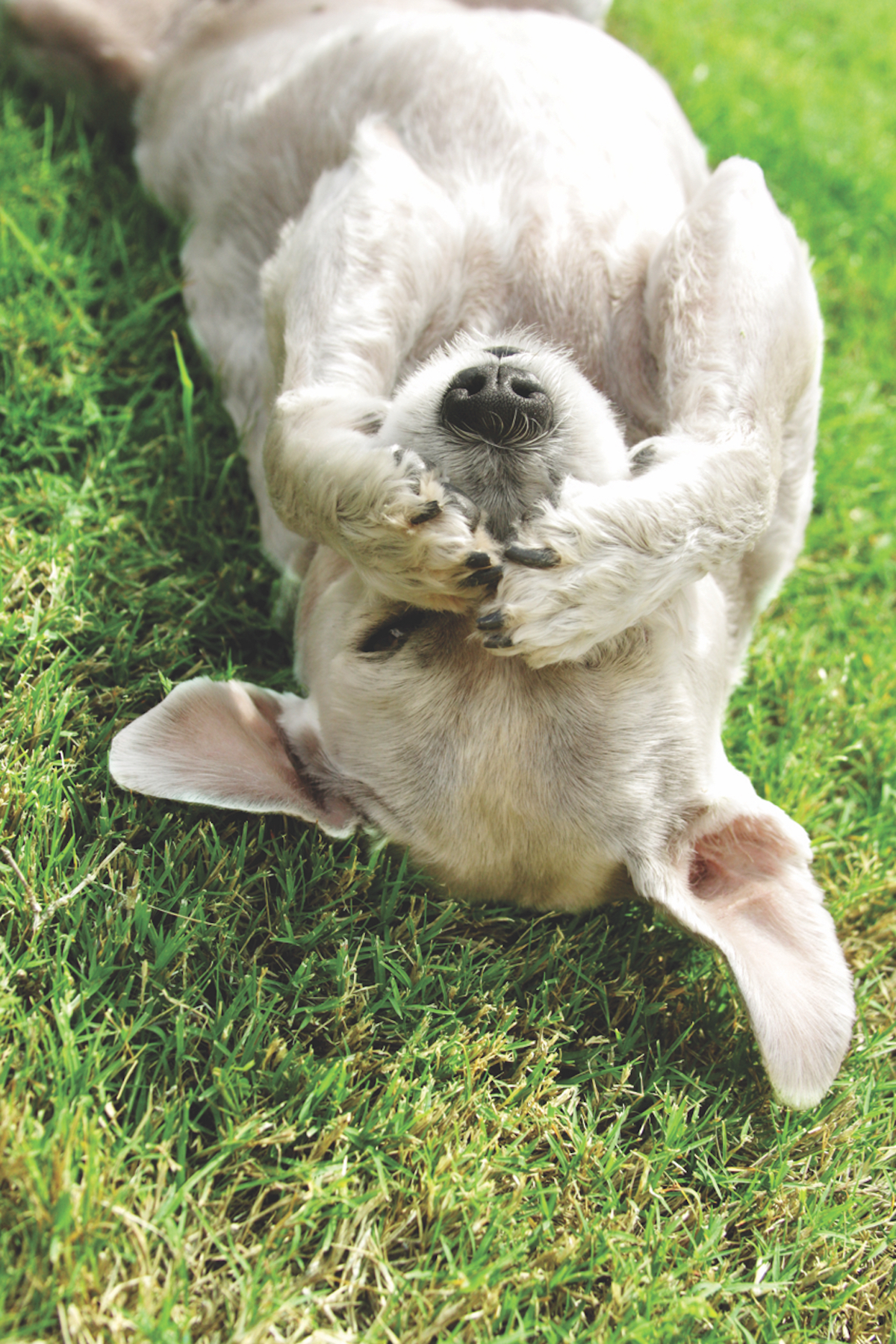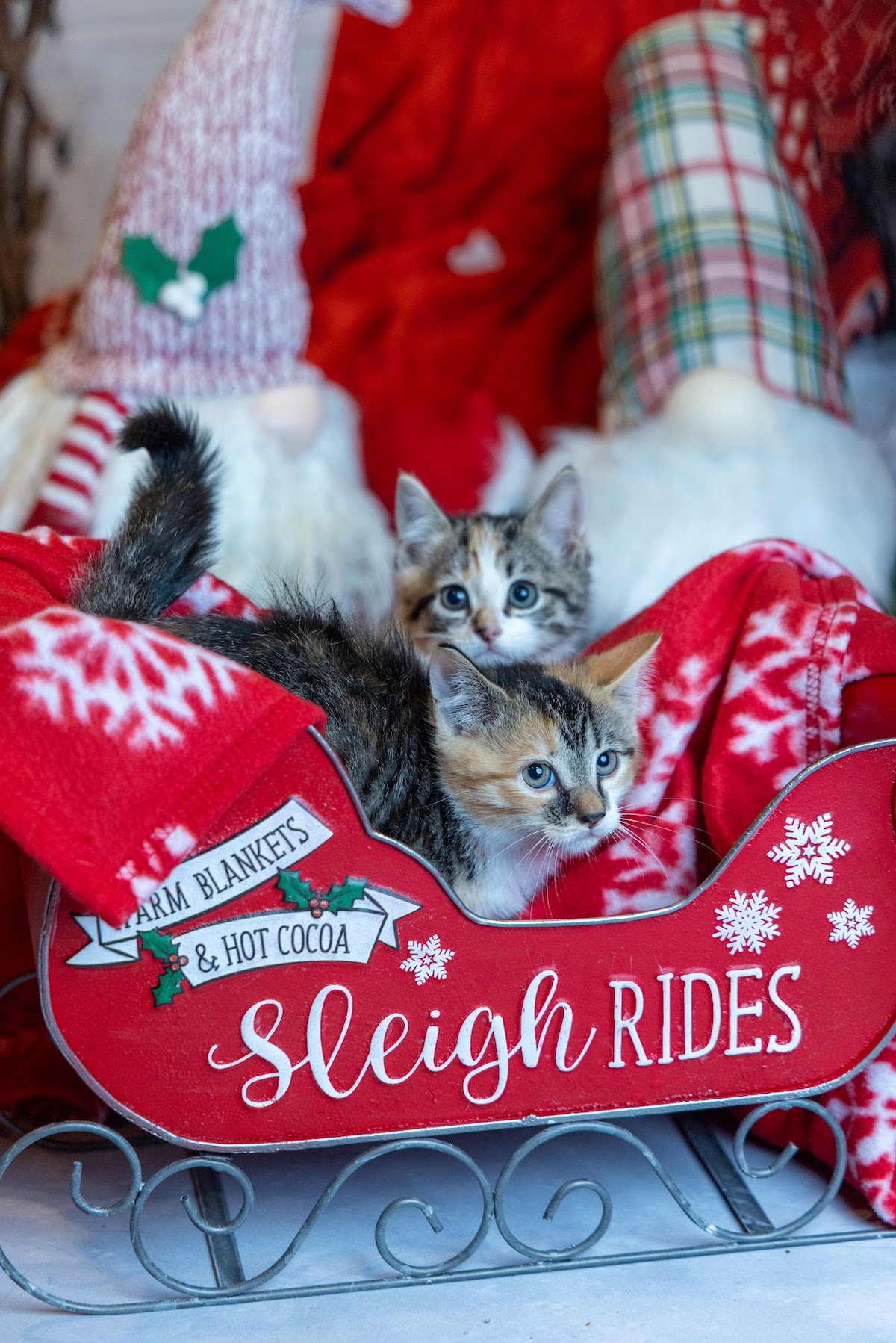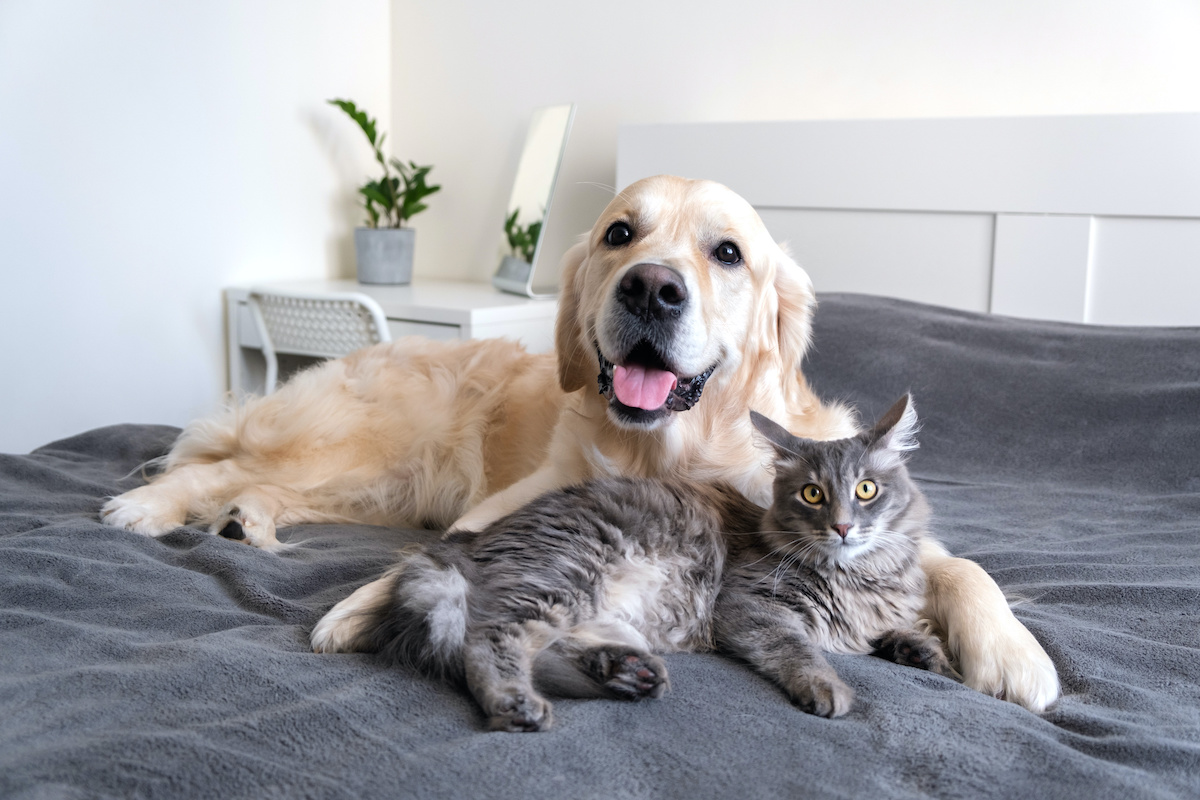By Tracie Korol
Dogs are body language communicators. While they have limited ability to communicate verbally, real canine language is richly visual, articulate with subtle body movements and very intuitive when it comes to understanding their humans. Dogs try to talk to us, but if we don’t know the subtleties of their language we miss most of what they are trying so say. This may cause confusion and misunderstanding and may be one of the reasons for behavior problems.
People tend to get into trouble when we approach other species as we would humans, face-to-face, making full eye contact; we often hug, putting our faces together, often kissing the cheek in greeting. To a dog this is a threatening gesture and it is deemed inappropriate and rude. Dogs tend to greet obliquely; the dog that puts its chin or paws over another dog’s shoulders in greeting is probably making a statement about his rank which may elicit an aggressive response. This is why dogs tend to bite kids (or adults) who hug them. A hug triggers a “Threat! Fight or flight” response. If the dog can’t run (because he’s being hugged), he may bite. Dogs can, of course, be trained to accept a hug graciously, but unless you’re sure of your hug-ee, it’s best to forego such intimate behavior.
Humans make direct eye contact when greeting. Those who do not are often thought of as shifty, dishonest or disrespectful. In Dogville, direct eye contact can be perceived as a threat or assertion of dominance. In a healthy greeting one dog will look away, an act of submission, or they will glare eye to eye and a dogfight may follow. This is one reason why children are often on the receiving end of dog bites. Kids tend to stare at dogs and the more peculiar the dog behaves, the more the child stares. This happens to adults, too. Best to look at a spot on the horizon over their shoulder for the first few seconds.
People will also square up and face each other in conversation. If the conversation doesn’t go well, one or the other will begin to get louder to emphasize his point. In older dog training methods we were taught to stand in front of our dogs, arms at our sides, and yell, “come!” in a commanding tone. We called louder and more stridently if our dogs did not respond. Dogs view full-frontal communication, especially when yelling is involved, as a threat. (So do people, for that matter.) Now we understand that the “come!” is much more successful when we take a warm and welcoming stance and call his name in a joyful tone of voice.
Humans like to bend over a dog to pat them on the top of the head or cuddle them. With all good intentions, we are unwittingly presenting a posture of intimidation. After decades of working with dogs, I am still guilty of this one especially if the dog is uber-cute or interesting to me. Dogs don’t like “hovering”. Remember how it felt when your fifth grade teacher hung over your shoulder in math class? Dogs will back away in fear or submission, step back and bark maniacally or worse, become aggressive and snap.
Often clients will tell me that they’ve “done the Alpha roll” on their dog and that the dog behaves better for it. In Dogville, dogs view the Alpha roll as a violent, terrifying attack. If he seems to behave “better” afterwards, it’s more likely that he’s simply scared to death you might do it again. Relationship-building is more successful if fear and intimidation are not part of the package. Most dog language is very subtle and nuanced. The “belly-up” position is usually offered voluntarily and not because the other is an outright bully.
We need to watch and learn from our dogs. With practice we will find ourselves more able to communicate in a more enriched and sophisticated vocabulary. Plus, it’s fun to learn a new language.
Next week: What does it mean when he does that?






